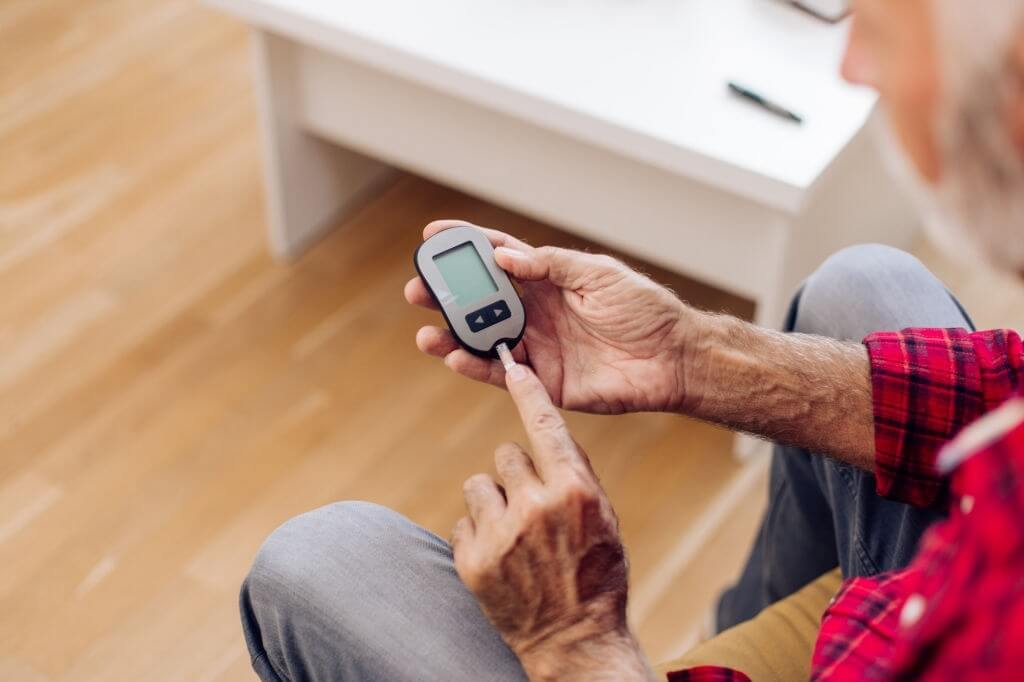Individuals with diabetes typically use blood glucose meters to check the level of glucose in their blood. Because people with diabetes have difficulties controlling their blood sugar levels, these gadgets are critical to their health. There are hundreds of meters on the market for virtually every type of customer, with costs ranging from low to high.
Glucose is one of the essential elements in the human body, and hence one needs to keep it under check. Those who suffer from diabetes may have severe health issues if the balance of this element is lost.
Glucose Monitoring During The Pandemic
During the pandemic, people have faced physical issues due to infection and even mental traumas due to other factors such as lockdown and restrictions. This has also affected the level of glucose in the body among people, and hence experts suggest keeping it monitoring.
There are three popular CGM systems on the market in the United States right now: the Dexcom G6, Abbott’s Freestyle Libre system, and Medtronic’s Guardian Sensor 3. Dexcom’s latest CGM system is the Dexcom G6. Every ten days, the sensor is applied to the skin with an easy-to-use automated applicator.

According to estimates, more than 30 million Americans have T2D, and 84 million have prediabetes in 2019, with both numbers on the rise. Direct US healthcare spending on diabetes, both type 1 and type 2 diabetes (T1D and T2D), is presently projected to be $237 billion, with one out of every four dollars spent on diabetes care in the United States.
1 As these expenses rise, including the growing price of insulin, the crucial significance of early glycemic management to avoid acute complications and stop disease progression to prevent chronic consequences only grows.
In 2019, private label blood-glucose meters had the greatest dollar sales in that product category, totaling 167.5 million dollars. Lifescan One Touch Ultra was the second best-selling blood glucose meter in that year, with almost 32.2 million dollars in sales.
During the COVID-19 pandemic, new case studies demonstrate the benefits of remote management based on continuous glucose monitoring (CGM) and telemedicine visits for patients with type 1 and type 2 diabetes.
According to a supplement to the peer-reviewed journal Diabetes Equipment & Therapeutics, remote monitoring technology can considerably enhance glycemic control (DTT). “Emerging Landscape of Continuous Glucose Monitoring” is the title of the supplement.
Anders Carlson, MD, of the University of Minnesota Medical School, and colleagues report case studies of type 1 and type 2 diabetic patients treated throughout the COVID-19 pandemic utilizing CGM and telemedicine consultations, including a 3-year-old kid with newly diagnosed type 1 diabetes. Current CGM devices may automatically communicate glucose readings from patients to healthcare practitioners for examination.
Research has revealed that that using telemedicine patient consultations and remote monitoring of CGM and insulin data allowed scientists to assess glycemic control and make therapeutic modifications without the risks and patient burden of in-person clinic visits,” the scientists said. “Our ability to examine and share data with our patients also helped to know how therapy affected daily glucose control, which increased their participation in their daily self-management.”
Emory University School of Medicine’s James Gavin, III, MD, Ph.D., and Aston University’s Clifford Baily, Ph.D., discuss findings from recent real-world trials of CGM systems. These give us more information on the clinical efficacy and economic effects of this technology in different diabetic groups.
“The findings imply that widespread adoption of CGM across the broader diabetic community might enhance overall glucose control and effectiveness while lowering the long-term cost of diabetes treatment,” the scientists write. “The findings imply that widespread adoption of CGM across the broader diabetic community might enhance overall glucose control and effectiveness while lowering the long-term cost of diabetes treatment,” the scientists write.